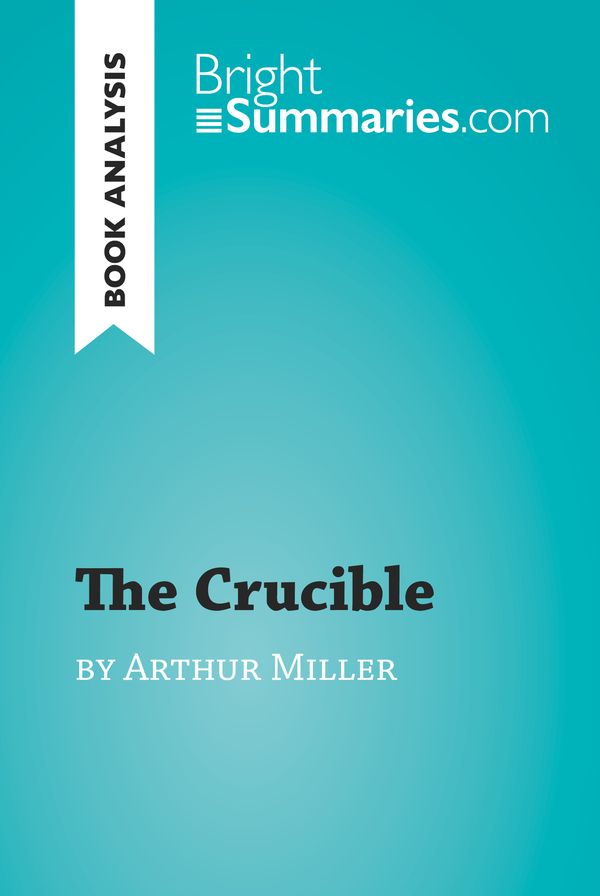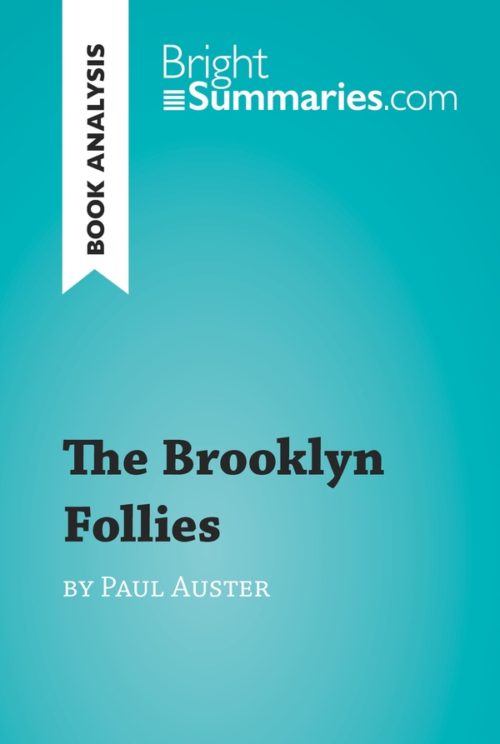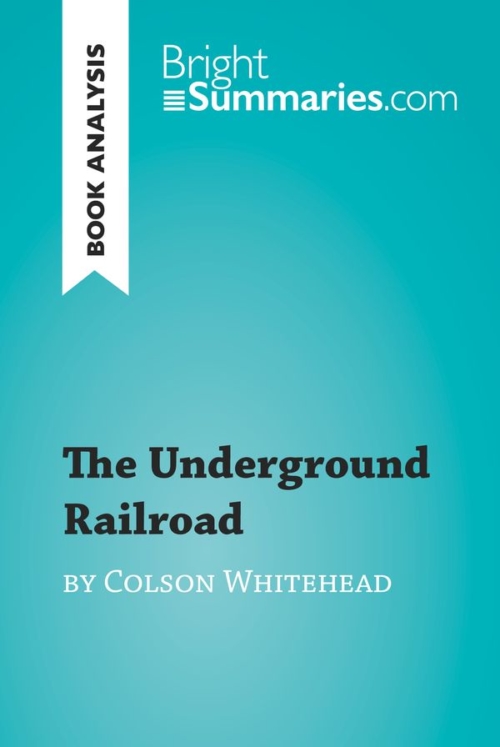The Crucible by Arthur Miller (Book Analysis)
The Crucible by Arthur Miller (Book Analysis)
Detailed Summary, Analysis and Reading Guide
Read more
This practical and insightful reading guide offers a complete summary and analysis of The Crucible by Arthur Miller. It provides a thorough exploration of the play’s plot, characters and main themes, including religion, absolutism and hypocrisy. The clear and concise style makes for easy understanding, providing the perfect opportunity to improve your literary knowledge in no time.
This clear and detailed 60-page reading guide is structured as follows:
- Biography of Arthur Miller
- Presentation of The Crucible
- Summary of The Crucible
- Character study
- John Proctor
- Elizabeth Proctor
- Abigail Williams
- Reverend Parris
- Reverend Hale
- Thomas Danforth
- Giley Corey
- Rebecca Nurse
- The Putnams
- Tituba
- Analysis of The Crucible
- A very contemporary allegory
- Salem’s theocracy
- Timeless absolutism
- Hypocrites
- “Sex, sin and the Devil”
About The Crucible
The Crucible is based on the infamous Salem Witch Trials of the late 17th century, which saw a number of the town’s inhabitants tried and executed for witchcraft on the basis of spurious accusations. Through his vivid depiction of this case of mass hysteria, Miller draws parallels between the religious fanatics of colonial Massachusetts and McCarthyism in America during the 1950s, as the House Un-American Activities Committee aggressively interrogated many Americans, including Miller himself, on suspicion of Communist actions or sympathies.
About Arthur Miller
Arthur Miller was one of the most celebrated American playwrights of the 20th century. After working on a variety of plays for the stage and radio, he shot to fame in 1947 with his play All My Sons, which won him his first Tony Award. His work over the next few years continued to earn him renown, as did his marriage to Marilyn Monroe in 1956. He was also called to testify before the House Un-American Activities Committee later that year. He died in Connecticut in 2005.
Product details
| ISBN | 9782808015912 |
|---|---|
| Publisher | Plurilingua Publishing |
| Collection | Brightsummaries.com |
| Format | |
| Pages | 60 |
| File size | 2.1 MB |







